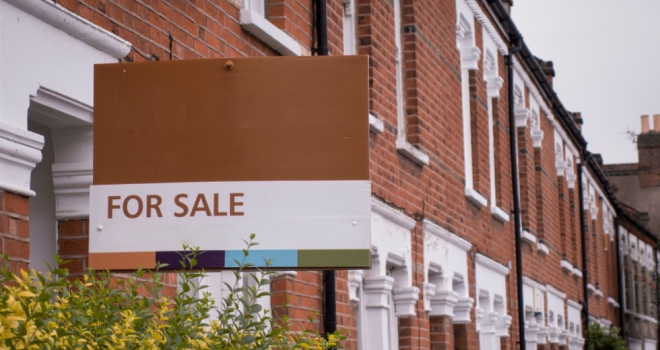
Albeit fractional, the 0.2% rise in September's asking prices is a clear indication that the UK housing market is much more resilient than many pundits have asserted, according to Home.co.uk. And despite higher borrowing costs, the current market shows marked similarities in all the key metrics to that of pre-COVID years 2018 and 2019.
According to market analysis, the Typical Time on Market, supply of new instructions and stock levels all remain in a similar range. Asking prices are, however, 14.4% higher and asking rents are a staggering 52.6% higher than in October 2018.
Obviously, gross yields have improved considerably and therefore many, if not most, landlords are better able to cope with higher interest rates. Moreover, the high cost of renting ensures that demand for home purchases remains significant.
Rental Market
A strong rental market has been key to supporting the sales market. Such large increases in rent over the last five years were brought about by a dramatic fall in the stock of on-market properties available to let.
Today, the total rental stock is 48% lower than it was in October 2018, although the actual record low point was in September last year. Since then, stock has steadily increased (by around 37%) and this is why rent hikes are now slowing.
Despite this rise, the amount of property available to let is still historically very low and this will support smaller rent rises going forward and therefore also the sales market.
Stock levels of unsold property rose again during September but are, for the time being, within the previously observed range during the seven years pre-COVID. In a normal year, stock tends to peak in October and fall off to a low in January, but it remains to be seen whether unsold stock totals continue to rise later this year.
However, given both a low supply of new instructions and the relative strength of the rental sector, an overabundance scenario would appear unlikely, at least in the short term.
Rents continue to rise albeit more slowly due to an increase in supply of 19.7% over the last twelve months. Overall, the mix-adjusted average annualised rise in rents for the UK stands at 9.7%, while rent inflation in the North West continues to lead the regional growth table at 15.0%.
The annualised mix-adjusted average asking price growth across England and Wales is now at -1.5%; in October 2022, the annualised rate of increase of home prices was 3.9%.





